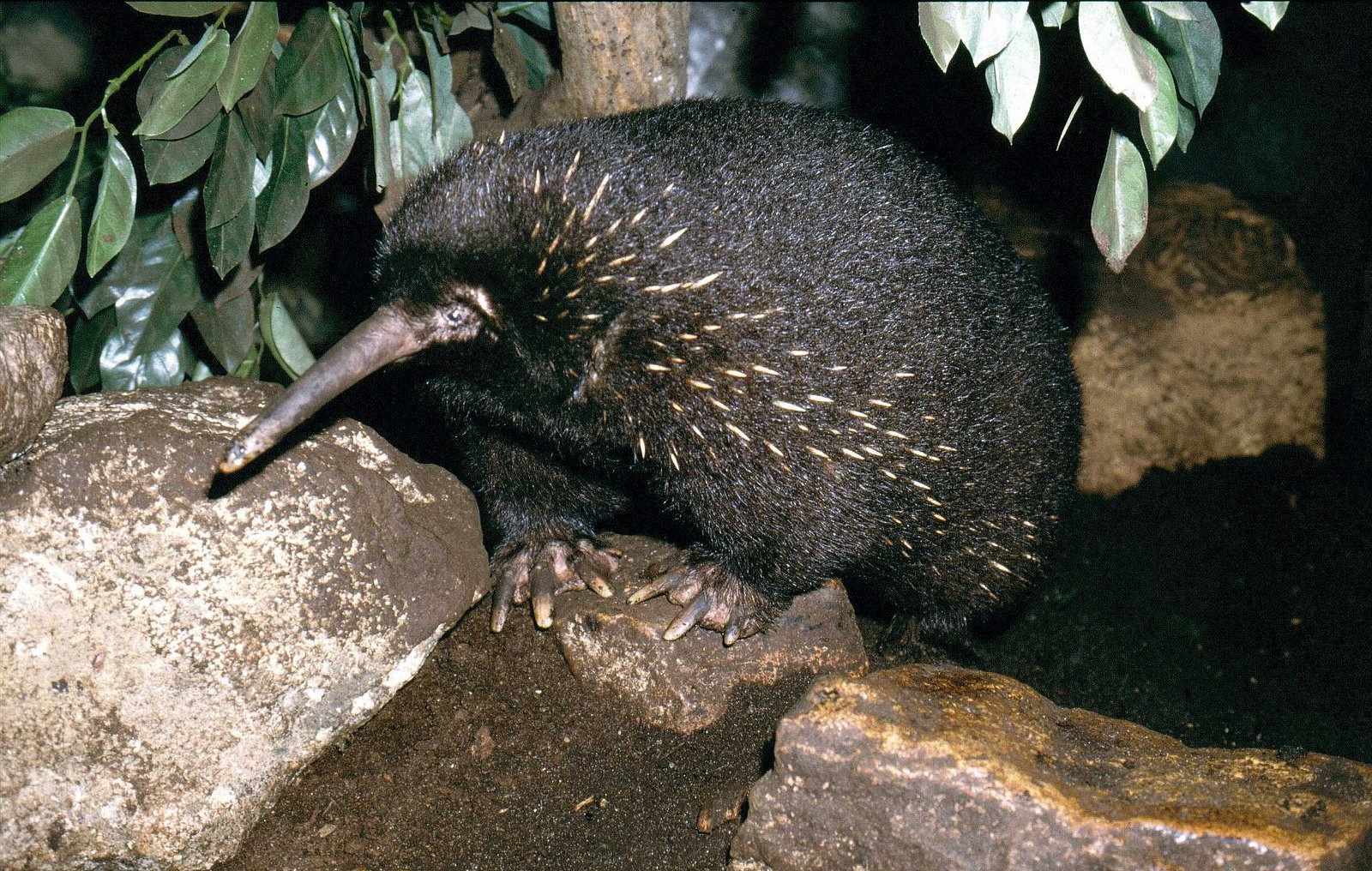Vogelkop Montane Rainforests
The ecoregion’s land area is provided in units of 1,000 hectares. The protection goal is the Global Safety Net (GSN1) area for the given ecoregion. The protection level indicates the percentage of the GSN goal that is currently protected on a scale of 0-10. N/A means data is not available at this time.
Bioregion: New Guinea & Surrounding Islands (AU13)
Realm: Australasia
Ecoregion Size (1000 ha):
7.758
Ecoregion ID:
160
Protection Goal:
90
Protection Level:
1
States: Indonesia
The northwestern part of Papua New Guinea is known variously as Vogelkop, Bird’s Head Peninsula, or Burung Kepala in Indonesian, for its bird head shape. The name is apt also because of the region’s rich bird diversity and high endemism. Of the 304 bird species in the ecoregion, 20 are endemic or ‘near endemic’ in that their range also spills over to the adjacent lowland forest ecoregion. Overall, the ecoregion is concordant with the West Papuan Highlands Endemic Bird Area, recognized by BirdLife International for a large number of restricted-range bird species, several of which are limited to one small mountain range.

The flagship species of the Vogelkop Montane Rainforests ecoregion is the western long-beaked echidna. Image credit: Wildscreen Exchange
The Vogelkop Montane Rain Forests ecoregion represents the forests of the steep-rising mountains over 1,000 meters in elevation along the northern coast of Bird’s Head Peninsula and two smaller isolated forest patches on Bomberai Peninsula. At 2,955 meters, Mount Arfak is the highest point. The geology is mostly limestone. The paleogecologic history is complex, but it is traced to a late Miocene era emergence and uplift of the present mountains.
The climate is tropical in the lowlands but is drier and temperate in the higher elevations. Summers are dry and hot, with average temperatures hovering around 35°C, while winters are milder and humid. The mountain summits have winter frost and, on rare occasions, even snow. The average annual rainfall is around 1,150 millimeters.
The vegetation is predominantly tropical montane wet evergreen forests and scattered montane limestone forests. In the lower elevations, the dominate species in the montane forests are New Guinea Oak (Castanopsis spp.). It changes to Antarctic beech (Nothofagus) forests further up, sometimes occurring as moss-draped monotypic stands, and further transitions to coniferous forests of Podocarpus, Dacrycarpus, Dacridium, and Papuacedrus.
The ecoregion supports 42 mammal species. The Vogelkop ringtail possum is endemic to the Arfak Mountains. Other mammals of note include tree kangaroos and western long-beaked echidnas, which are endemic to Bird’s Head Peninsula. The primary mammalian carnivore is the New Guinean quoll, a marsupial closely related to the Tasmanian devil from Australia. In the absence of large mammalian predators, several large birds, such as the Gurney’s eagle and New Guinea eagle, have filled the niche. Endemic birds of the ecoregion include the rarely seen white-striped forest rail and Vogelkop bowerbird. To entice females, the male bowerbird builds an impressive cone-shaped, hut-like bower with an entrance propped up by twigs and a large front lawn cleaned and adorned with moss.
Most of the habitat within the Vogelkop ecoregion remains intact and is protected by ten protected areas that cover over half of the ecoregion’s area, including the Pegunungan Arfak Nature Reserve. Still, threats from logging concessions, which have been continuously proposed, require constant vigilance. A growing human population also adds to the pressure on the forests and wildlife.
Priority conservation actions for the next decade
- Protect the remaining forests through community management and stewardship, especially since most lands have local community land tenure and rights.
- Develop awareness programs to highlight the need to conserve important biodiversity.
- Find solutions to ensure the use of wildlife for food and adornments is sustainable, given that wildlife populations are now under threat from multiple, continued exploitation by an increasing population.
-
-
- Government of the Republic of Indonesia. The fifth national report of Indonesia to the Convention on Biological Diversity. Ministry of Environment and Forestry of Indonesia. 2014.
- Marshall, A. and B. M. Beehler. 2011. The Ecology of Indonesia Series. Vol VI. The Ecology of Papua. Periplus Editions
- Wikramanayake, E, E. Dinerstein, et al. 2002. Terrestrial Ecoregions of the Indo-Pacific: A Conservation Assessment. Island Press
-


